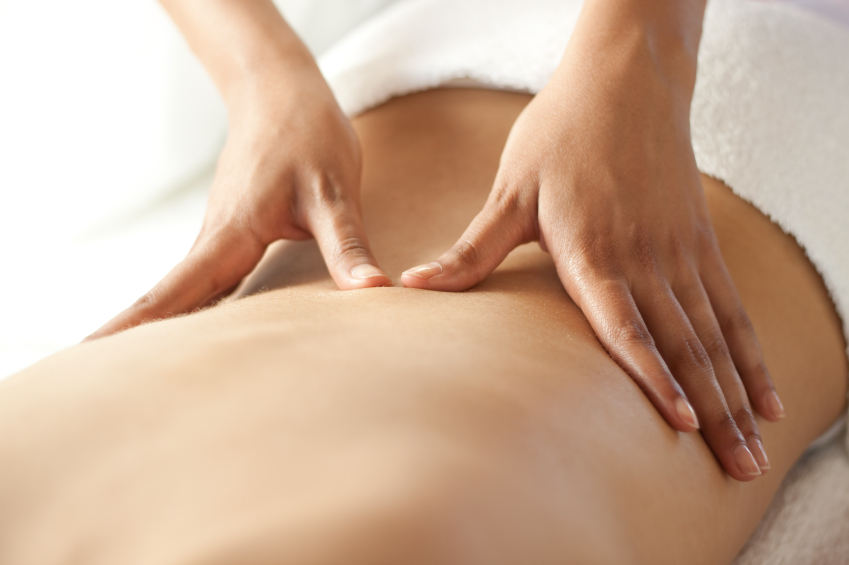Massage Program
About Instructor

5 Scholarships Available!
Call Miki at (760)674-1624 ext 31 for more details.
For the next Massage class we are happy to announce that we will be offering 5 Scholarships. Call us and schedule a visit to our school for more information.
CURRICULUM FOR MASSAGE THERAPY COURSE: Total 600 HOURS:
Please note: in addition to the 500 required hours an additional 100 hours are required by this institution to help develop the physical ability and skill to properly prepare the student for such a physically demanding profession. All 600 hours of education must be provided under active and direct supervision of qualified instructors..
The curriculum for students enrolled in the Massage Therapy course shall consist of six hundred (600) clock hours of technical instruction and practical operations in skills and requirements to become eligible to take the state approved test and make written application to the CAMTC for certification as required by the newly signed California Assembly Bill 1147, signed into law by the governor of California, effective January 1, 2015. For further information on the new rules and regulations on becoming a CMT (Certified Massage Therapist), for any unanswered questions and for filing a complaint (student or public), please visit the California Massage Therapy Council at www.camtc.org or call them at (916) 669-5336. FAX: (916) 669-5337. Address: Massage Therapy Council, One Capitol Mall, Suite 800, Sacramento, CA 95814.
In order to be CAMTC approved, the graduate must take and pass a CAMTC approved examination prior to certification.
“Attendance and/or graduation from a California Massage Therapy Council approved school does not guarantee certification by CAMTC. Applicants for the certification shall meet all requirements as listed in California Business and Professions Code section 4600 ET. seq.”
Our policy for creating, reviewing, and updating curriculum is adjusted from time-to-time as necessary to remain current with industry standards and technology.
This course is designed to introduce the entry-level Massage Therapy student to the administration of professional Massage Therapy. It is broken down into three phases, as follows:
Day 1 – Tactics for Success is a pre-requisite and introduction to the Massage Therapy Program, preparing the students to be successful in school by stressing the importance of time management, business and ethics, and standard precautions for health, hygiene and selfcare.
Phase I will take students through the development of massage skills by introducing a variety of professional practices through various massage modalities. It will reinforce topics such as history, anatomy and physiology, professional business and ethics, contraindications, palpation and movement, and kinesiology.
Phase II focuses on clinical practices. These student clinic hours are no more than 75 of the total practical hours. This includes students completing massage and bodywork application on paying and non paying public clients or other students, setting up, tearing down, and cleaning their massage area. Students should also expect to interview clients for assessment and documentation, review in take forms, provide and receive client feedback, and record SOAP notes. Further customer service skills are developed through greeting customers at the reception, handling payments answering, and returning calls for appointment of maintenance to promote physical longevity in the industry as well as an emphasis on working as a team to help develop healthy working relationships.
| THEORY | LAB | |
|---|---|---|
| Day 1- Tactics for Success – This course prepares students to be successful in school by stressing the importance of time management, study skills, and test taking tactics, as well as developing critical thinking skills, leadership skills, and accountability and to include orientation. | 6 | 0 |
| Phase I: Essentials of Massage Therapy | THEORY | LAB |
|---|---|---|
| Ethics – This course introduces students to the unspoken code of conduct and boundaries that should be set in place to maintain professionalism and develop therapeutic relationships in the field of massage. | 6 | 0 |
| Health & Hygiene – Shall include the study of the most common forms of cross-contamination along with ways to prevent the spread of disease. Students will also identify the importance of a clean environment & personal hygiene as well as how sanitize & disinfect implements and other items and equipment used in massage. | 6 | 0 |
| Intro to Anatomy/Physiology – An introduction to the study of the human body to include introduction of cells, tissues, and the body compass. | 12 | 0 |
| Swedish Massage II – Introduction to the foundation of all massage, to include fundamentals and safety of body mechanics along with health & hygiene, draping contraindications and indications as well as the history of massage. | 4 | 20 |
| Swedish Massage II – This course is an extension of Swedish Massage I, preparing students to continue developing previous applications and further understanding in client communication, progress and assessment and documentation. | 4 | 50 |
| Anatomy & Physiology – An in depth look at the functions of the system of the body as well as proper terminology relating to structures of the systems, their use & the effects of massage. | 42 | 0 |
| Pathology – This course teaches the students to identify disease development as well as how they affect the human body. Common disease & disorders as well as indications and contraindications will be learned throughout this course of study. | 12 | 0 |
| Contraindications – Students learn to identify specific precautions that need to be taken during different forms of therapeutic treatments as well as how to read warning signs as to when certain services should or should not be provided. | 12 | 0 |
| Aromatherapy – Students are introduced to the use of essential oils to improve the health and well-being of the body as well as taking a look at the psychological and physical benefits they have when used correctly. | 5 | 25 |
| Assessment & Documentation – This course is designed to teach students the importance of client consultations in clinical settings, how to evaluate the client’s needs while scheduling appointments and how to keep & maintain client records to include SOAP notes. | 12 | 0 |
| Massage for Special Populations – This course will teach students how to work on clients with special needs with a broad look at prenatal massage. Massage techniques used throughout this course are geared for individual who may have disadvantages in benefiting from classical massage. To include how to work on clients who are at different stages of pregnancy as well as post-partum. | 5 | 25 |
| Reflexology – This course covers the therapeutic treatment to promote pain relief and overall good health to the body through manipulation of the feet by means of specific pressure points connecting to nerves of the entire body. | 5 | 25 |
| Spa Services – Shall include the therapeutic treatments & services used in spa settings as well as develop the necessary skills to perform a variety of these services. | 5 | 25 |
| Chair Massage – This course teaches students to work “on the go” by providing 15-20 minute treatments on a mobile, portable chair allowing the massage therapist to build a clientele and to provide services to those who are not necessarily comfortable receiving a full massage service. | 2 | 10 |
| Kinesiology – An extensive look at the function, interaction and movement of bones, joints and muscles to include locations of these through palpations. | 35 | 7 |
| Passive Joint Movement – This course teaches students to work on clients who have a decreased range of motion. | 4 | 8 |
| Deep Tissue Massage – This course provides students with the necessary skills to perform deep tissue massage techniques for the relief of deep tension and knots on muscles, tissues, and fascia as well as the proper body mechanics to prevent injury. | 5 | 37 |
| Sports Massage – In this course students will focus on techniques of circulatory strokes, stretches, trigger points, and increased range of motion. To include an understanding of preparing and maintaining the body for athletic activity, as well as, how to help it recover from workouts, injuries and pre and post-surgery. | 5 | 37 |
| Stone Massage – This course covers the use of oils and hot or sometimes cold stones to relax and soothe the muscles of the body. Included is the prevention of cross-contamination, sanitation, indications and contra-indications. | 5 | 31 |
| Business Practices – This covers the basic principles of how to develop a business. Included is information on forms of proprietorship, bookkeeping, marketing, licensing and permits, as well as factors to consider before opening a business. | 12 | 0 |
| Career Development – Throughout this course students are taught self-image awareness as well as how to develop the proper attitude for professionalism in the industry. An extensive look is taken at networking, further development of professional relationships as well as resume writing, and how to interview for a job. | 12 | 0 |
| MBLEx Prep – This course focuses on a variety of subjects found on the MBLEx. These are in preparation for students to apply, take and pass the national Massage Therapist written exam. | 12 | 0 |
| Phase II: Essentials of Therapeutic Practices | THEORY | LAB |
|---|---|---|
| Clinical Internship – These student clinic hours are no more than 75 total. This includes students completing massage and bodywork applications on paying and non-paying public clients or other students, setting up, tearing down, and cleaning their massage area. Students should also expect to interview clients for assessment and documentation, review intake forms, provide and receive client feedback, and record SOAP notes. Further customer service skills are developed through greeting customers at the reception, handling payments, answering and returning calls for appointments, placing confirmation calls, and managing client files. Total body care is included to help students better understand the importance of maintenance to promote physical longevity in the industry as well as an emphasis on working as a team to help develop healthy working relationships. | 12 | 60 |
| Books:Trail Guide to the Body – Text and Workbook by Andrew Biel | ||
| Massage Therapy: Principles and Practice by Susan G. Salvo |


Reviews
There are no reviews yet.